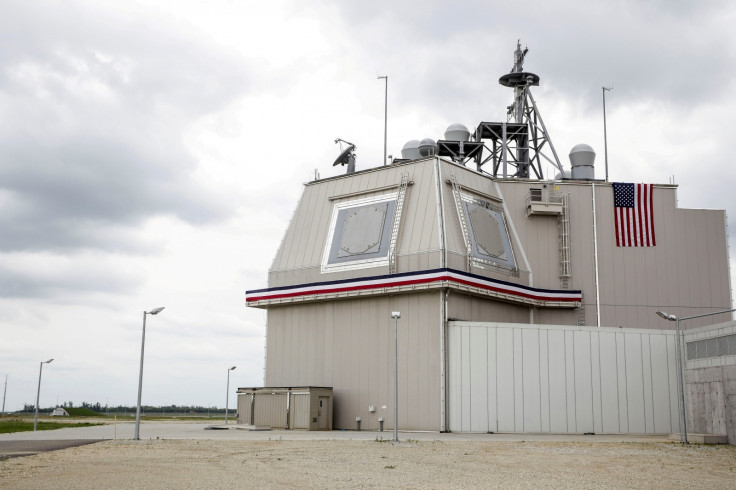What is Aegis Ashore? Japan plans to erect the new missile defence system to counter North Korea
Tokyo's cabinet approves installation of two land-based missile interceptors, which would cover the entire Japanese territory.
The Japanese government has approved plans to erect new land-based missile-defence system to counter threats from North Korea. Prime Minister Shinzo Abe's cabinet had formally ratified the plans on Tuesday, 19 December, to set up two Aegis Ashore batteries that will cover entire Japanese territory.
Setting up of the two systems, without the actual missiles, is estimated to cost close to $1.8m (£1.34m), according to the Japanese defence ministry officials. The approval was widely expected to take place.
If the ground-based missile interceptor system comes into force, this will fill the third tier of missile defences in Japan, which already possesses Aegis destroyers equipped with interceptors and land-based Patriot Advanced Capability-3 interceptors.
Yet, the government is keen to approve the latest plan on establishing a stationary site for a missile-defence system in order to minimise the preparation time for the Japanese troops in case of a launch. The US-developed Aegis anti-missile system is not expected to become operational until 2013, sources told Reuters.
"We need to fundamentally improve our ballistic missile defence abilities to protect our country at all times and in a sustainable manner," the government said in a document endorsed by cabinet.
Japan is thought to have chosen the Aegis Ashore arrangement over the Terminal High Altitude Area Defense (Thaad), which is another anti-ballistic missile system capable of shooting down short, medium and intermediate-range projectiles, due to the costs involved in the projects.
"North Korea's nuclear missile development poses a new level of threat to Japan and as we have done in the past we will ensure that we are able to defend ourselves with a drastic improvement in ballistic missile defence," Japan's defence minister Itsunori Onodera told reporters after the cabinet approval.
When asked how much of the priority the new deployment will be, the defence minister responded: "We cannot say what the final costs will be, but we will move ahead (to introduce Aegis Ashore) on the fastest possible schedule, given public calls that the government should deal as swiftly as possible and urgently with the ballistic missile defense issue."
What is Aegis Ashore?
A product developed by the US defence manufacturer, Lockheed Martin, Aegis Ashore is the land-based version of Aegis Combat System comprising missiles, computers, sophisticated phased-array radars and fire control directors.
Billed as a "low-risk weapon system" similar to that of Aegis Afloat in the Lockheed Martin's arsenal, the interceptor missile tries to hit the incoming projectile on re-entry into the earth's atmosphere. The Aegis Ashore system underwent its first live test in 2014.
The Aegis Ashore is already operational in Romania and the installation in Poland began 2016.
Here's an explainer video produced by the US Naval Institute on the Aegis Ashore system.























